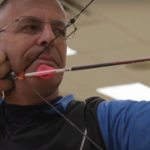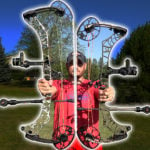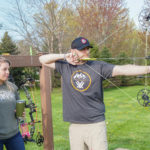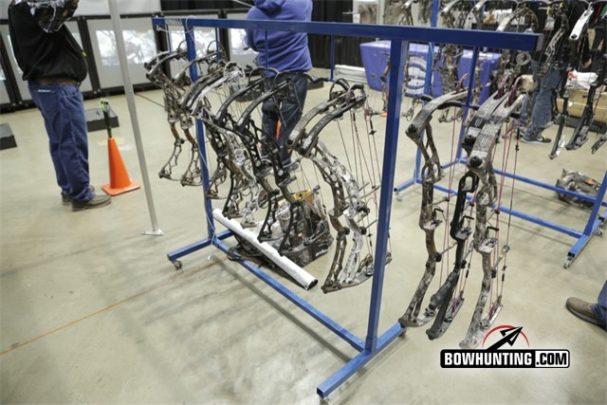
Archery is one of the oldest practices in existence for hunting and before that a tool for protection. Four types of bows are common in the world today; compound bows, recurve bows, long bows and crossbows.
While many people will argue that a crossbow is not “archery equipment,” they are indeed wrong as archery, by definition, is “the art, practice or skill of propelling arrows with the use of a bow.” Let us take an in-depth look at the four common types of bows.
Long Bow

If you were to ask someone that doesn’t bowhunt to draw you a picture of a bow, a long-bow is what they would draw the grand majority of the time.
The long bow (or straight limb bow) is the oldest and most simple of all bows. Originally these bows were made of a simple piece of wood whittled to be a fairly symmetrical, long thin shape and a piece of animal hide or braided horse tail string was attached at each end.
Traditionally the ends of the bow had notches where string fit into and a knot was tied to keep the string from slipping through the end of the limb.
This is the type of bow that natives and ancient romans used for both hunting and battle. Many indigenous tribes all over the globe still use long bows for everyday survival.
Like everything else, long bows have become more advanced with technology and better materials.
Today, most long bows are made from laminated wood and some are made of synthetic materials. Many traditional archers (those that use long bows or recurve bows) make their own bows with custom wood in-lays or pieces of animal bone or snake skin for aesthetics.
The shape and function of these bows is no different than it was hundreds of years ago. Long bows typically don’t use arrow rests or sights but simply have an “arrow shelf” that is a flat spot where the arrow sits both at rest and at full draw.
Traditional bows do not have a set draw weight or length, they are designed to have a specific draw weight (say 60lbs) at 28 inches of draw. This means that if the bow is drawn less than 28 inches, the draw weight will be less and vis versa.
Long bows are still very effective but require significantly more dedication and practice than other bows like the compound.
Recurve Bow

Recurve bows are very similar to long bows, except, as the name states, the end of the limbs curve away from the archer. The curve in the limbs is designed to store more energy than that of a straight limb bow and therefore propel an arrow at higher velocity.
Most traditional recurve shooters still opt out of using any accessories such as sights and arrow rests but in past decades these bows have been built to accept modern day sights and rests.
Recurve bows of the 21st century are far different in appearance than those of earlier days. Modern day target archers shoot recurves that look extremely similar and are made of the same materials as the most cutting edge compound bows.
In a comparison of the long bow and recurve, most “hard-core” traditional hunters select a long bow because of it’s relatively unchanging persona. Bowhunters that want to try their hand at shooting traditional bows typically opt for the recurve because it is more forgiving and can achieve the same velocities of long bows with a lighter draw weight.
Make no mistake about it, shooting a recurve or long bow with zero percent let-off is a far cry from a 70% let-off compound bow.
The sport of bowfishing has grown significantly in popularity over the past 30 years and recurve bows have found a home in the sport, launching arrows into the water.
The benefits of a recurve when bowfishing are many. Recurve bows are very light weight making them easy to handle and virtually these bows will fit virtually any size shooter, short draw length or long draw length.
Another advantage is, they can be significantly more affordable than purchasing a compound bow for the same purpose.
Compound Bow
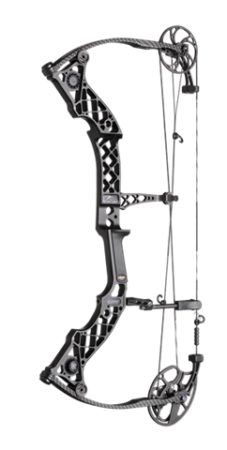
Developed in the 1960’s the compound bow had about as much in common with traditional bows as the Model A and a horse draw carriage. The compound bow took little more than the shape and string from the long bow to become an entirely new animal.
If you ask a bowhunter to draw you a picture of a bow, this is most likely what you’ll see. Compound bows are made of five basic parts; riser, limbs, cams or wheels, and the string/cable assembly. Click here for the complete anatomy of a compound bow.
The riser is the foundation of the bow, it hold the sights, arrow rest and stabilizer (if these accessories are desired) and it has the limbs attached to it. The limbs of compound bows were originally made of wood but advanced technology has developed fiber glass and resin materials that are significantly stronger, longer lasting and more efficient.
The limbs of the bow are where the energy is stored, when the shooter draws the bow, the limbs flex storing the energy until the release of the string, where they spring back to their original location.
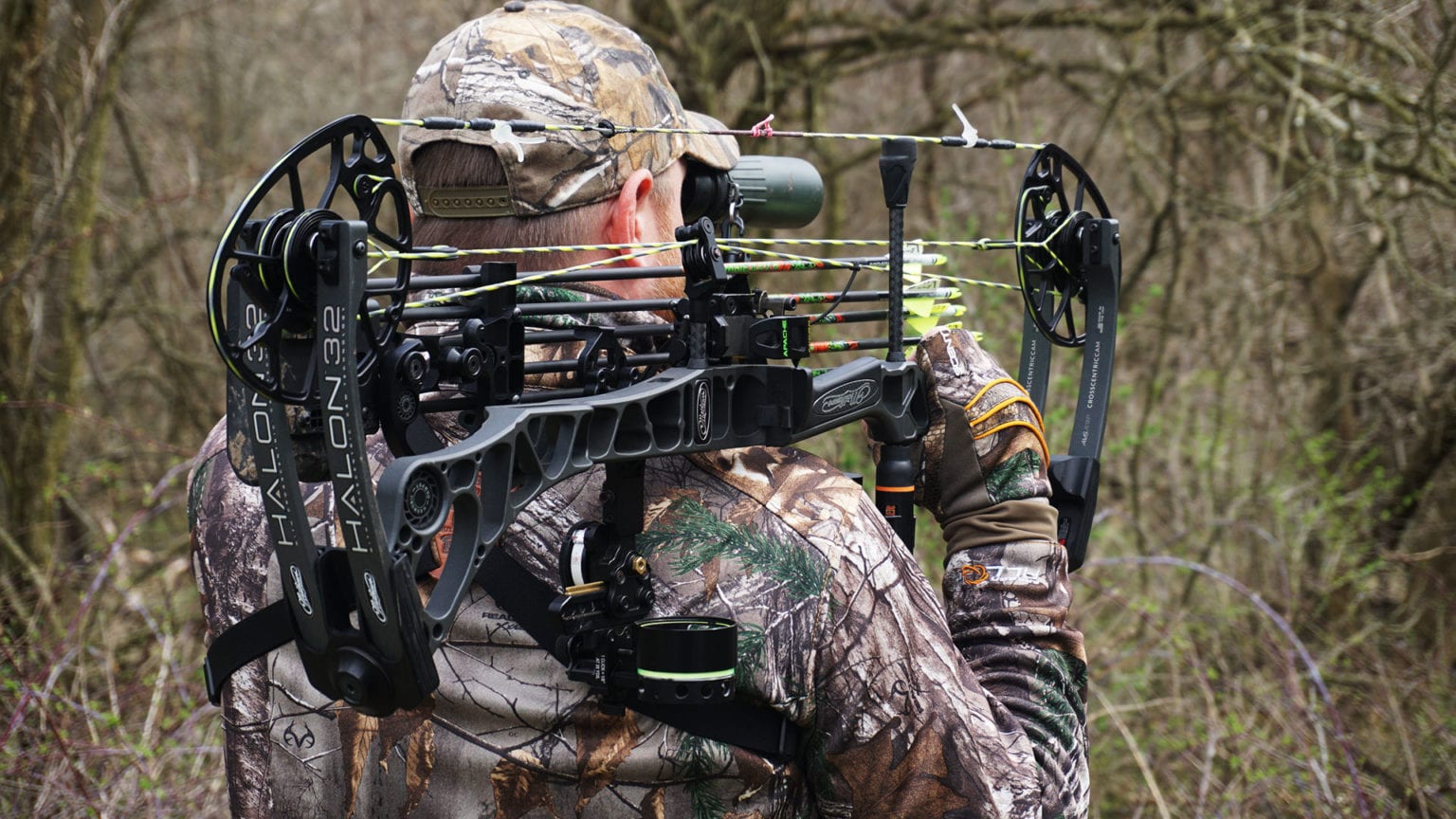
Cams or wheels go hand-in-hand with the string/cable assembly of a compound bow. When the string is pulled back, the cams rotate and cables pull on the opposite limb and cam to store the energy in the limbs.
When the string is release, the limbs return to their original position, when the limbs spring back, the cables rapidly rotate the cams forward which accelerates the string and propels the arrow.
It seems significantly less complicated when you shoot a compound bow than when you read about the mechanics.
Compared to their ancestors compound bows are by far the most efficient bows on the market and are the easiest to become effective with for hunting or target shooting.
Modern compound bows are capable of achieving arrow speeds of more than 350 fps. If human error were taken out of the equation, it’s probable that these bows would shoot a 1” group at 100 yards.
There are many manufacturers of compound bows and many good ones; Mathews, Hoyt, Bowtech, PSE, Elite, Martin just to name a few. When selecting a bow to shoot, the most important factor is finding a bow that fits you properly and then selecting the one that feels the best.
Don’t select your new bow from a magazine or your by what your favorite hunting show celebrity shoots, select it an archery range after shooting as many different bows as you possibly can.
Crossbow
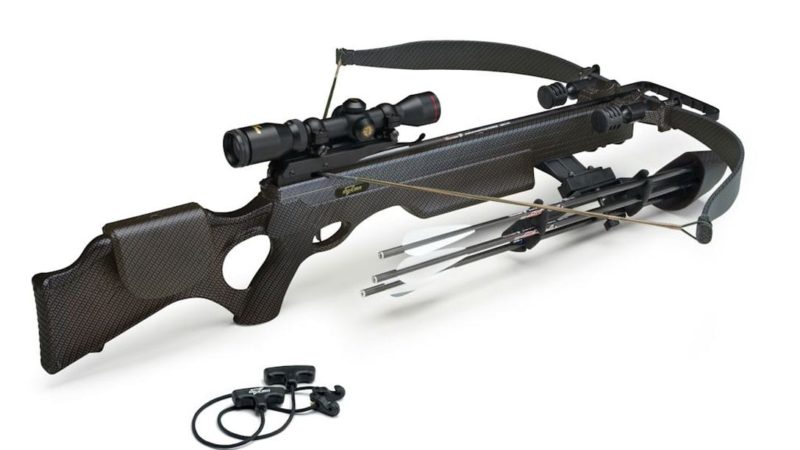
Possibly the one topic in the bowhunting world that will get more people fired up than any other is the crossbow discussion. Love them or hate them, they are indeed archery equipment.
Essentially, a crossbow is simply a compound bow mounted horizontally on a stock (similar to a rifle stock) with a standard trigger rather than using a mechanical release.
The bow is drawn with the use of a cocking device that pulls the string back and locks it into a jaw (not much different than your standard wrist release). From there, the trigger is squeezed to allow the string to retract just the same a compound bow operates and it propels the arrow down range.

 By
By 